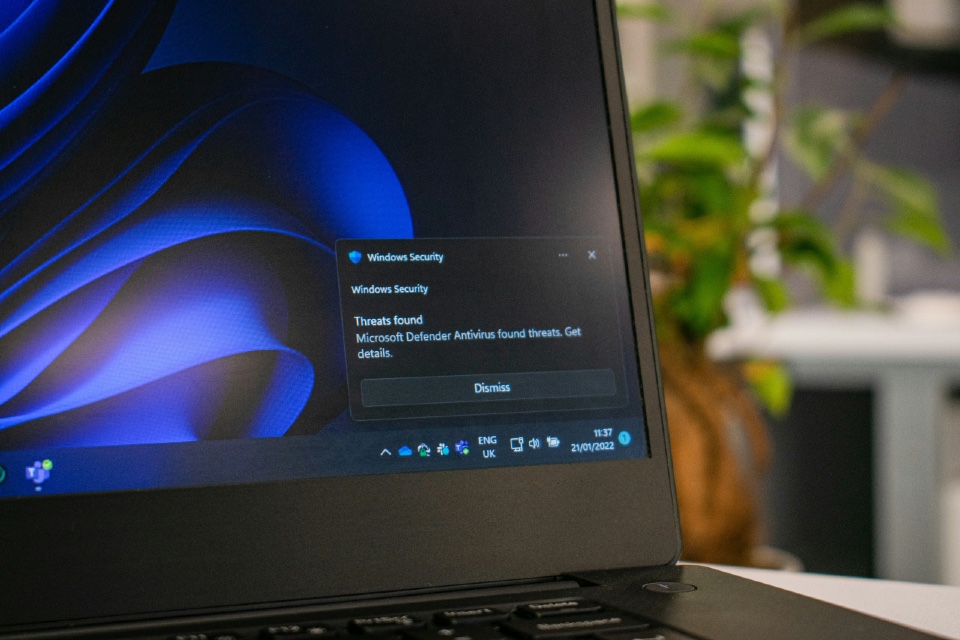The social care sector is embracing digital transformation at pace. From electronic care records to IoT-enabled monitoring, technology is becoming integral to how care homes deliver safer, more efficient services. But with digitisation comes new risks. In 2025/26, cybersecurity is one of the most urgent challenges for care home leaders, as they strive to protect sensitive resident data while meeting regulatory standards…
Establishing The Value—and Vulnerability—of Resident Data
Care providers hold some of the most sensitive data imaginable: personal identifiers, medical histories, medication records, and financial information. This makes the sector a prime target for cybercriminals seeking to exploit weak defences.
Ransomware attacks on healthcare and social care organisations have risen sharply, often paralysing operations and compromising trust. For care homes already operating under tight margins and heavy regulatory scrutiny, a breach can be devastating—both financially and reputationally.
Regulatory Pressures
Compliance frameworks are tightening. The NHS Data Security and Protection Toolkit (DSPT) sets out requirements for handling personal data, while GDPR and the Data Protection Act 2018 mandate strict security and privacy controls. With CQC inspectors increasingly interested in digital resilience, providers cannot afford to treat cybersecurity as a back-office issue.
Best Practice for a Digital-First Sector
Leading care organisations are now embedding cybersecurity into everyday practice. Key measures include:
- Multi-factor authentication (MFA): Protecting access to care records and management platforms.
- Encryption: Ensuring resident data is secured both in transit and at rest.
- Regular patching and updates: Closing vulnerabilities in software and hardware systems.
- Access controls: Limiting data access to only those who need it for their role.
- Incident response planning: Preparing teams to act quickly in the event of a breach.
Equally important is staff training. With phishing and social engineering among the most common attack vectors, frontline staff must be confident in spotting suspicious emails, links, or requests.
Balancing Innovation and Security
Care leaders should not see cybersecurity as a barrier to digital progress, but as an enabler. A secure environment gives confidence to adopt tools such as falls detection sensors, digital medication management, and remote family engagement apps. It also reassures residents and their families that personal information is safe.
The Road Ahead
Cybersecurity is no longer an IT department problem: it is a strategic priority for social care leaders. By investing in secure systems, embedding best practice, and fostering a culture of awareness, care homes can safeguard resident trust while reaping the benefits of digital transformation.
Cybersecurity Checklist for Care Homes
Incident Response Plan
Have a tested plan in place to detect, contain, and recover from a cyberattack or data breach.
Multi-Factor Authentication (MFA)
Require MFA for all logins to care records, management software, and cloud platforms.
Encrypt Data in Transit and at Rest
Use strong encryption to secure resident data whether stored locally, on servers, or shared digitally.
Keep Systems Updated
Apply security patches and updates promptly across all devices, software, and IoT systems.
Role-Based Access Controls
Limit access to sensitive data so staff only see the information necessary for their role.
Train Staff Regularly
Provide ongoing training on phishing awareness, password hygiene, and safe handling of personal data.
Pro Tip: Review your cybersecurity practices against the NHS Data Security and Protection Toolkit (DSPT) annually to ensure compliance and readiness for CQC inspections.
Are you searching for Software solutions for your organisation? The Care Forum can help!






